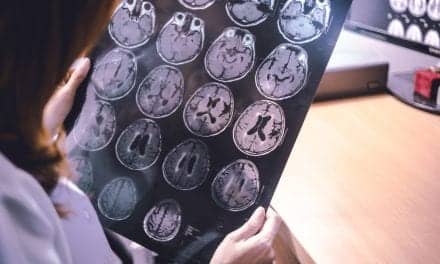Scientists at The Scripps Research Institute (TSRI) have identified a protein called TMHS as a critical component of “ear-to-brain conversion.” The work reveals the genetic machinery in the inner ear that responds to sound waves and converts them into electrical impulses, the language of the brain.
The TMHS protein is a component of the so-called mechanotransduction channels in the ear, which convert the signals from mechanical sound waves into electrical impulses transmitted to the nervous system.
“Scientists have been trying for decades to identify the proteins that form mechanotransduction channels,” said Ulrich Mueller, PhD, a professor in the Department of Cell Biology and director of the Dorris Neuroscience Center at TSRI who led the new study, described in the December 7, 2012 issue of the journal Cell.
Not only have the scientists finally found a key protein in this process, but the work also suggests a promising new approach toward gene therapy. In the laboratory, the scientists were able to place functional TMHS into the sensory cells for sound perception of newborn deaf mice, restoring their function. “In some forms of human deafness, there may be a way to stick these genes back in and fix the cells after birth,” said Mueller.
TMHS appears to be the direct link between the spring-like mechanism in the inner ear that responds to sound and the machinery that shoots electrical signals to the brain. When the protein is missing in mice, these signals are not sent to their brains and they cannot perceive sound.
Specific genetic forms of this protein have previously been found in people with common inherited forms of deafness, and this discovery would seem to be the first explanation for how these genetic variations account for hearing loss.
The physical basis for hearing and mechanotransduction involves receptor cells deep in the ear that collect vibrations and convert them into electrical signals that run along nerve fibers to areas in the brain where they are interpreted as sound.
Because hearing involves so many different structures, there are hundreds and hundreds of underlying genes involved—and many ways in which it can be disrupted.
Hair cells form in the inner ear canal long before birth, and people must live with a limited number of them. They never propagate throughout life, and many if not most forms of deafness are associated with defects in hair cells that ultimately lead to their loss. Many genetic forms of deafness emerge when hair cells lack the ability to transduce sound waves into electric signals.
Over the years, Mueller and other researchers have identified dozens of genes linked to hearing loss. Scientists have known many of the genes implicated in deafness, but not how they account for the various forms of hearing loss. With the discovery of the relevance of TMHS, however, the picture is becoming clearer.
TMHS turns out to play a role in a molecular complex called the tip link, which several years ago was discovered to cap the stereocilia protruding out of hair cells. These tip links connect the tops of neighboring stereocilia, bundling them together, and when they are missing, the hair cells become splayed apart.
But the tip links do more than just maintain the structure of these bundles. They also house some of the machinery crucial for hearing—the proteins that physically receive the force of a sound wave and transduce it into electrical impulses by regulating the activity of ion channels. Previously, Mueller’s laboratory identified the molecules that form the tip links, but the ion channels and the molecules that connect the tip link to the ion channels remained elusive. For years, scientists have eagerly sought the exact identity of the proteins responsible for this process, said Mueller.
In their new study, Mueller and his colleagues showed that TMHS is one of the lynchpins of this process, where it is a subunit of the ion channel that directly binds to the tip link. When the TMHS protein is missing, otherwise completely normal hair cells lose their ability to send electrical signals.
“We can now start to understand how organisms convert mechanical signals to electrical signals, which are the language of the brain,”? said Mueller.
In addition to Mueller, the article “TMHS Is an Integral Component of the Mechanotransduction Machinery of Cochlear Hair Cells” is authored by Wei Xiong (first author), Nicolas Grillet, Heather M. Elledge, Thomas F.J. Wagner, Bo Zhao, Kenneth R. Johnson, and Piotr Kazmierczak.
SOURCE: The Scripps Research Institute




